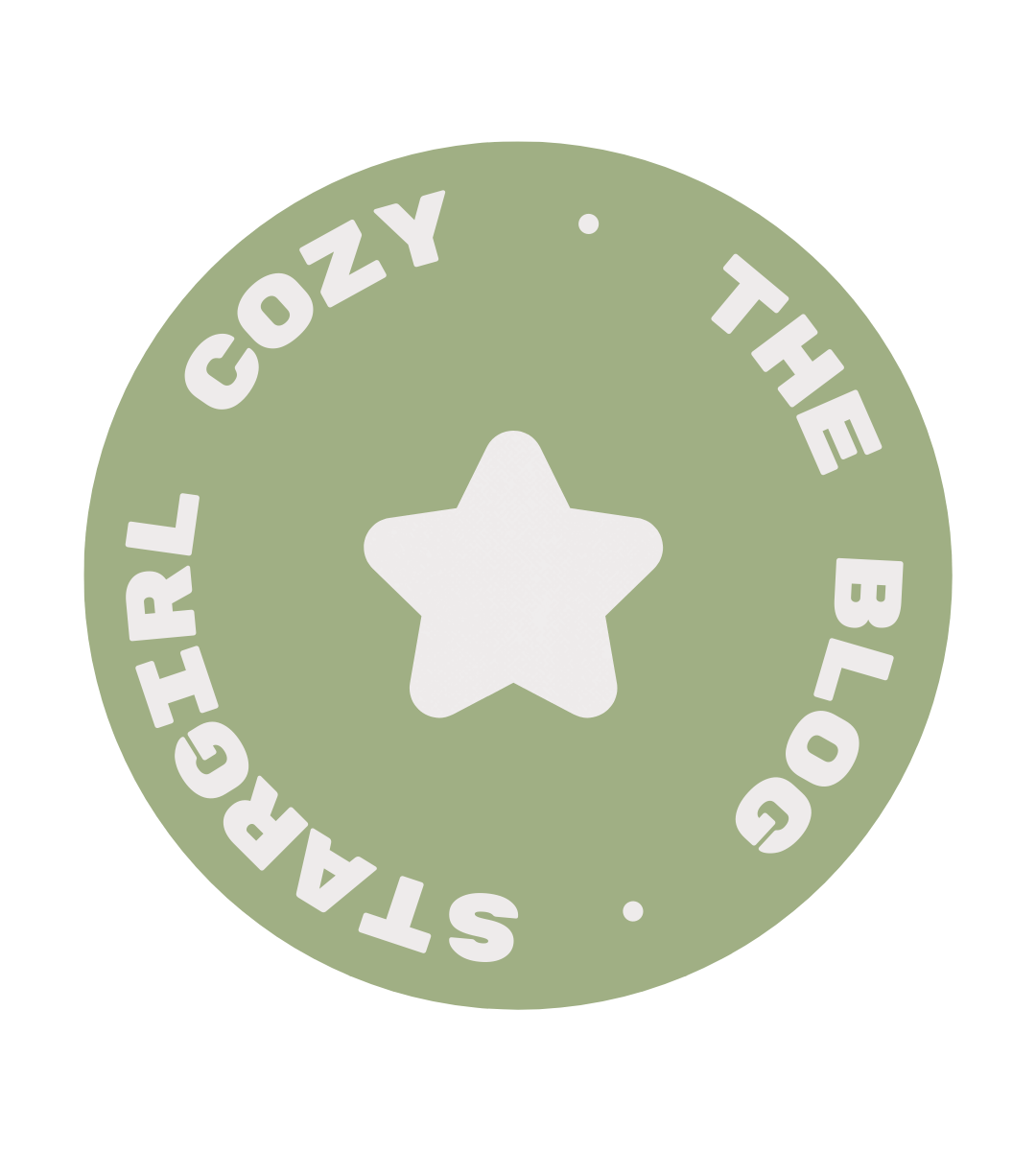“Don’t fight your biology. The best productivity hack is knowing when you function best—and designing your life around it.”
— Laura Vanderkam, author of 168 Hours: You Have More Time Than You ThinkYour Productivity isn’t Broken: It’s Just Mistimed.
If you’ve ever felt guilty for being wide awake at 11PM and somehow the most productive while struggling to think clearly at 9AM, science has good news: you’re not broken, there’s nothing wrong with you. Your energy patterns and circadian rhythms aren’t a laziness flaw, they’re part of your biological ecosystem. Your genetic programming, if you will.
Recent breakthroughs in chronobiology (the study of biological clocks) reveal that your natural preference for morning or evening activity is largely determined by genetics, not discipline. Your preferred sleep-wake cycle is hardwired into your DNA. Understanding and working with your chronotype can increase productivity up to 30% while reducing stress hormones like cortisol.
The Genetics of Timing
Your internal clock isn’t just a preference—it’s written in your DNA. Large-scale genomic studies have identified over 350 genetic variants that influence whether you’re naturally a morning person or night owl.
The most significant research, published in Nature Communications and analyzing nearly 700,000 participants, revealed specific genes that control circadian rhythms. Key players include:
- CLOCK and BMAL1: Master regulators of your 24-hour cycle
- PER2 and PER3: Proteins that help maintain circadian timing
- CRY1 and CRY2: Light-sensitive genes that respond to environmental cues
These genetic factors explain why some people naturally feel alert at 6 AM while others don’t hit their stride until evening. Neither pattern is superior—they’re different biological designs optimized for different times of day.
This means your tendency to come alive in the evening hours isn’t something you chose—it’s how your body was designed to function at a molecular level.
The Three Chronotypes Explained
Research identifies three main chronotypes, each with distinct characteristics:
Morning Larks (25% of population)
- Peak alertness: 6 AM – 12 PM
- Natural bedtime: 9-10 PM
- Optimal for: Analytical tasks, decision-making, complex problem-solving
Night Owls (25% of population)
- Peak alertness: 6 PM – 12 AM
- Natural bedtime: 11 PM – 1 AM
- Optimal for: Creative work, innovative thinking, sustained focus
Intermediates (50% of population)
Flexible performance across various tasks
Two peak periods: 9-11 AM and 4-6 PM
Natural bedtime: 10-11 PM
Everyone’s Inner Clock Responds to Their Environment
While genetics provide the foundation, several factors can shift your natural rhythm:
- Natural light exposure helps regulate your body clock, which is why camping for just a few days can temporarily shift anyone’s sleep schedule. Light exposure is the strongest environmental cue. Blue light suppresses melatonin production, while natural sunlight helps synchronize your internal clock. Even a few days of camping can temporarily shift sleep patterns by reducing artificial light exposure.

2. Exercise timing affects your energy patterns—an early morning workout might leave you depleted by evening.

3. The weather outside can subtly shift your preferences, with most people becoming slightly more morning-oriented during sunny summer months (when the sun rises earlier). Seasonal changes affect everyone. Most people become slightly more morning-oriented during summer months when sunrise occurs earlier, demonstrating how environmental light patterns influence our internal clocks.

- Age naturally changes your rhythm—teenagers and young adults typically shift toward evening preference before gradually returning to earlier hours with age. Youth between the ages of 20-25 need adequately 8 hours of sleep for brain growth. Age significantly impacts chronotype. Teenagers and young adults naturally shift toward evening preference due to hormonal changes, with the peak occurring around age 20. This gradually reverses with age, explaining why older adults tend to be morning people.

The Performance Consequences of Chronotype Misalignment
Working against your chronotype carries real costs. Research shows:
- Cognitive performance drops 26% when working during non-optimal hours
- Reaction times slow significantly during off-peak periods
- Memory consolidation improves when learning occurs during peak hours
- Stress hormones increase when forced into misaligned schedules
One study of over 6,000 office workers found that those whose work schedules matched their chronotypes reported higher job satisfaction, better performance reviews, and lower turnover rates.
Chronotype-specific productivity strategies
Research published in the Journal of Applied Psychology found that when employees’ work schedules aligned with their chronotypes, both job satisfaction and performance improved. Here’s how to apply this science to your daily life:
For Morning Larks:
- Early advantage Peak hours (6 AM – 12 PM): Tackle your most challenging analytical work before 11 AM when your prefrontal cortex is most active.
- Schedule analytical work, important meetings, and complex decision-making. Your prefrontal cortex is most active during these hours.
- Afternoon planning (12 PM – 6 PM): Switch to collaborative and administrative tasks after lunch when research shows natural energy dips occur.
- Shift to collaborative tasks, routine work, and administrative duties as natural energy declines.
- Evening wind-down: Create a digital sunset 2-3 hours before bed to support your natural melatonin production. Blue light exposure during evening hours significantly disrupts morning chronotypes’ sleep quality.
For Night Owls:
- Morning hours (6 AM – 12 PM): Save low-cognitive tasks for when you first wake up (emails, organizing, routine replies)
- Handle low-cognitive tasks like email, organization, and routine responses when alertness is naturally lower.
- Afternoon boost (12 PM – 6 PM) : Schedule important meetings for your first natural energy wave (often mid-afternoon)
- Take advantage of your first energy wave for meetings and collaborative work.
- Evening focus Peak hours (6 PM – 12 AM): Protect your peak evening hours for deep work and creative projects by blocking this time on your calendar/
- Research shows night owls maintain focus longer during evening hours.
- Sleep consistency: While you may go to bed later, research shows keeping a consistent sleep schedule improves overall energy
For Those In Between (“Intermediates”):
- Morning peak (9 AM – 11 AM): Tackle high-focus analytical work during your first optimal window.
- Afternoon dip (11 AM – 4 PM): Schedule routine tasks, meetings, and collaborative work during natural energy lows.
- Evening peak (4 PM – 6 PM): Use this second wave for important projects requiring sustained attention.
- Energy mapping: Use a productivity app or simple journal to track your energy levels hourly for one week
- Strategic caffeine: Studies show timing caffeine intake to your natural dips (not your natural lows) maximizes benefits
- Task-energy matching: Create three task lists labeled “high focus,” “medium focus,” and “low focus” and match to your energy states
TRY THIS TODAY: Your Chronotype Productivity Hack
Here’s a science-backed tip you can implement immediately: Time-block your day according to your chronotype, not according to conventional wisdom.
- Identify your chronotype: Take a quick assessment through the AutoMEQ questionnaire (developed by researchers at Harvard) or simply notice when you naturally feel most alert without external pressures
- Map your energy patterns by tracking alertness levels hourly for one week. Note when you feel naturally energized versus when you rely on caffeine or external motivation.
- Night owls: Schedule your most important deep work between 4-11 PM
- Morning types: Block 6-11 AM for your most challenging projects
- Intermediates: Reserve both 9-11 AM and 4-6 PM for focused work
- Practice “strategic incompetence”: During your biological off-peak hours, purposely avoid scheduling activities requiring your best performance. Research from Chronobiology International shows we perform up to 26% worse on complex tasks during our non-optimal hours.
It’s not about changing who you are—it’s about designing your day around your biological reality.
The Limits of Chronotype Flexibility
While chronotypes are largely genetic, they’re not completely fixed. Gradual shifts are possible through:
- Light therapy: Exposure to bright light at specific times can slowly shift circadian rhythms
- Consistent sleep schedules: Maintaining regular bedtimes reinforces natural patterns
- Strategic caffeine timing: Consuming caffeine during natural dips (not lows) maximizes effectiveness
However, dramatic chronotype changes are neither sustainable nor advisable. The goal isn’t to become a different chronotype—it’s to optimize within your natural pattern.
Remember: Your productivity isn’t determined by when you work, but by working at the right time for your unique biological clock. Science confirms it!
The Bottom Line: Working with Chronotype Diversity
Your natural energy patterns aren’t personal failings—they’re biological realities supported by decades of research. Working with your chronotype rather than against it isn’t just more comfortable—it’s more effective.
In team settings, chronotype awareness improves collective performance:
- Schedule important meetings during overlapping peak hours (typically 10 AM – 12 PM)
- Assign time-sensitive creative work to night owls during evening hours
- Give morning larks first priority on early deadlines
- Use asynchronous communication to accommodate different peak hours
Organizations implementing chronotype-aware scheduling report improved employee satisfaction, reduced burnout, and higher overall productivity.
Stop apologizing for when you do your best work. Start scheduling around it!
Are you a night owl, morning lark, or somewhere in between? How will you adjust your schedule based on your chronotype? Share your experience in the comments below!
[Note: This article is based on scientific research available as of October 2024.]
References
Adan, A., & Almirall, H. (1991). Horne & Östberg morningness-eveningness questionnaire: A reduced scale. Personality and Individual Differences, 12(3), 241-253.
Ashkenazy, T., Einat, H., & Kronfeld-Schor, N. (2009). We are in the dark here: Induction of depression- and anxiety-like behaviours in the diurnal fat sand rat, by short daylight or melatonin injections. International Journal of Neuropsychopharmacology, 12(1), 83-93.
Barnes, C. M., Ghumman, S., & Scott, B. A. (2013). Sleep and organizational citizenship behavior: The mediating role of job satisfaction. Journal of Occupational Health Psychology, 18(1), 16-26.
Bonnefond, A., Clement, N., Fawcett, K., Yengo, L., Vaillant, E., Guillaume, J. L., … & Froguel, P. (2012). Rare MTNR1B variants impairing melatonin receptor 1B function contribute to type 2 diabetes. Nature Genetics, 44(3), 297-301.
Emens, J., Lewy, A., Kinzie, J. M., Arntz, D., & Rough, J. (2009). Circadian misalignment in major depressive disorder. Psychiatry Research, 168(3), 259-261.

